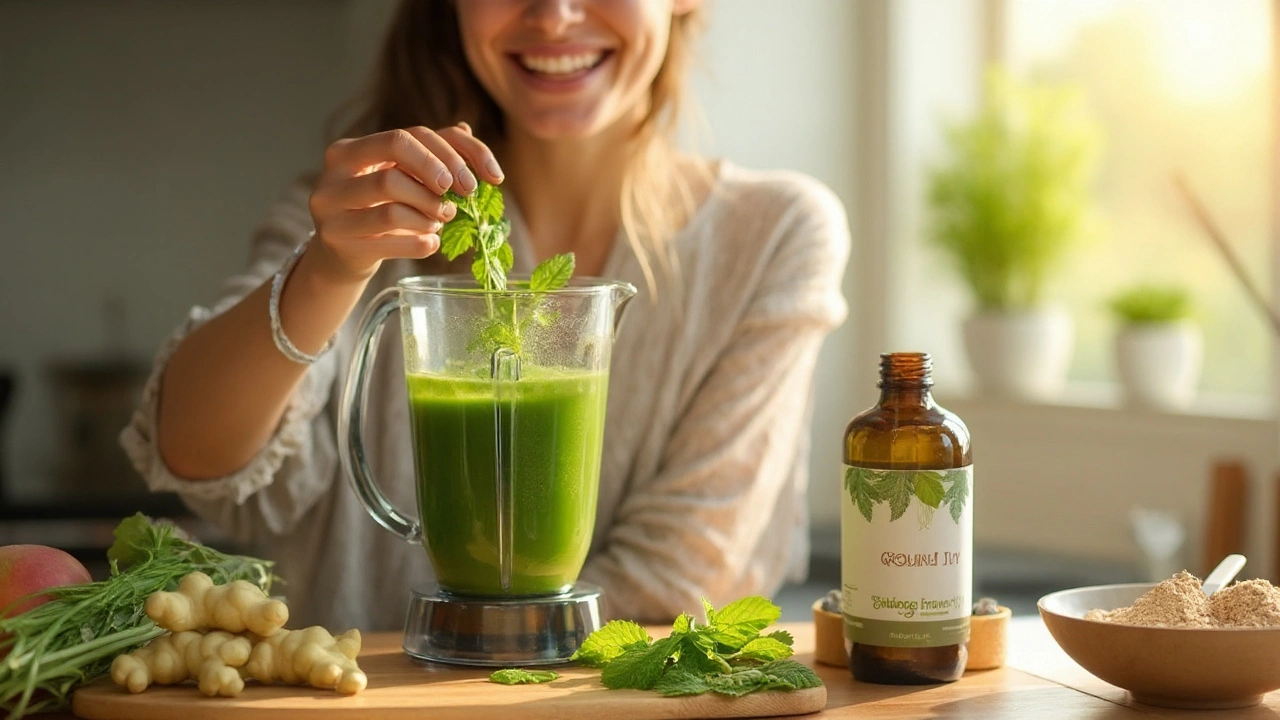Glechoma hederacea – What It Is and How to Use It
Ever see a low‑lying plant with shiny leaves creeping along sidewalks and wonder if it’s just a weed? That’s Glechoma hederacea, better known as ground ivy. People have used it for centuries in Europe and Asia to soothe coughs, calm nerves, and support digestion. Today, herb enthusiasts are bringing it back as a tea, tincture, or supplement. If you’re curious about what it can do for you, keep reading.
Traditional Uses and Modern Benefits
Back in the day, folk healers brewed ground ivy to treat minor colds and sore throats. The plant contains compounds like flavonoids and volatile oils that give it mild anti‑inflammatory and antimicrobial effects. Modern research shows those same compounds may help relax smooth muscle, which explains why some people use it for mild bronchial irritation or stomach cramps.
Another popular use is as a gentle calming aid. A few studies on related mint family herbs suggest a calming effect on the nervous system, and users report feeling less jittery after a cup of Glechoma tea. It’s also been explored for skin care – a poultice of fresh leaves can reduce irritation from insect bites or minor rashes.
How to Take Glechoma hederacea Safely
There’s no one‑size‑fits‑all dose, but most sources recommend starting small. A typical tea recipe calls for 1‑2 teaspoons of dried leaves steeped in hot water for 10‑15 minutes. Drink that once or twice a day and see how you feel. If you prefer a tincture, look for a 1:5 alcohol extract and start with 10‑15 drops diluted in water.
Because ground ivy can act as a mild diuretic, stay hydrated and watch for any unusual increase in bathroom trips. Pregnant or breastfeeding people should avoid high doses, as safety data is limited. Also, if you’re on anticoagulant medication, talk to your doctor before adding Glechoma, since it might amplify blood‑thinning effects.
Store dried leaves in a cool, dark place to keep the flavor fresh. Fresh leaves lose potency quickly, so grab them when you can and use them within a week.
Bottom line: Glechoma hederacea is a modestly potent herb that can support respiratory comfort, gentle relaxation, and occasional skin irritation. Start with a low dose, monitor how you react, and you’ll get a good sense of whether it fits your routine.

- Sep, 9 2025
- Comments 12